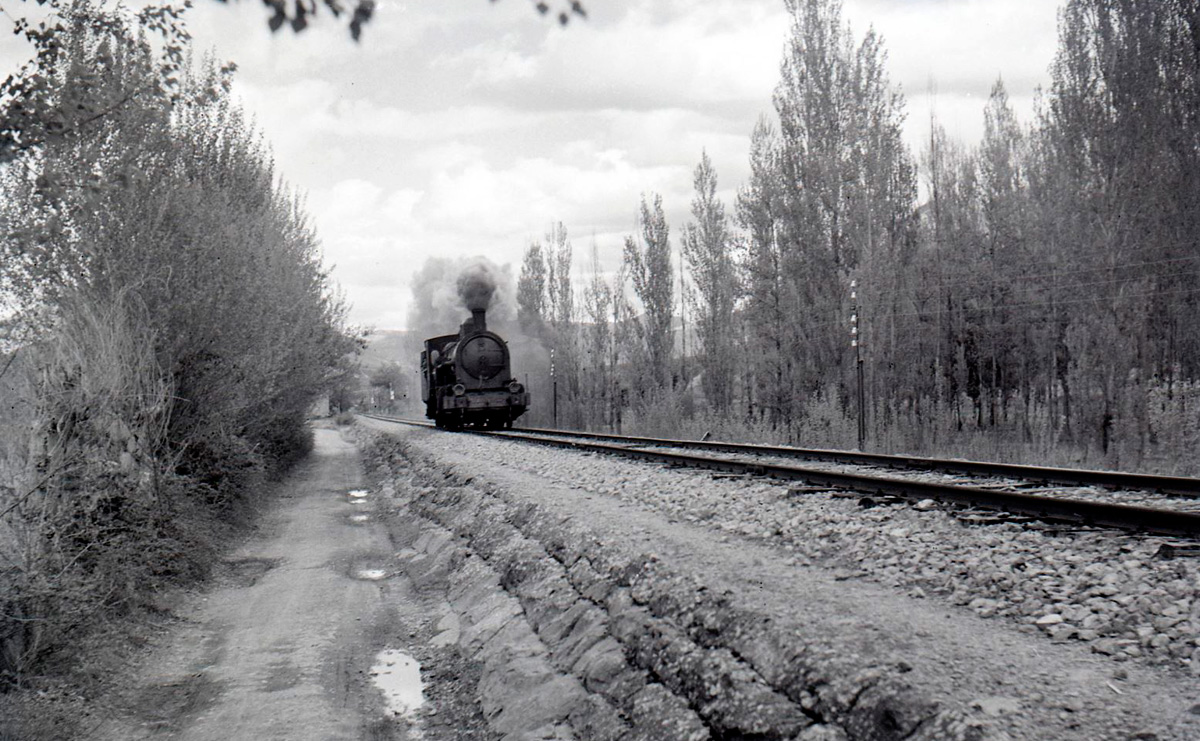Valle del Eresma Greenway Nature Trail
History of the Railway

(GARRIDO MORENO, VICENTE)
These Castilian tracks were first crossed by a train on June 1, 1884, when the inaugural service covered the 92 km separating Segovia from Medina del Campo. For Segovia, the new line meant a partial redemption: the city had been left out two decades earlier when the main railway from Madrid to the French border at Irún bypassed it.
Both Segovia and nearby Ávila had vied to be included on that strategic international route, twenty years earlier in the case of the former. The decision between the two contenders depended less on their relative merits than on the tough engineering challenge of traversing the Sistema Central mountains.
The challenge was to find the best route for the railway: one at the lowest possible altitude (to reduce the effort of traction and the risk of heavy snowfalls during those harsh winters of the past), requiring the fewest long tunnels and offering the shortest distance. The issue sparked heated debate between local leaders and engineers. In the end, Ávila prevailed, and the direct line via El Escorial opened in July 1863. Segovia would have to wait another twenty years for its own terminus station, and four more years, until the summer of 1888, before trains could finally climb past Alto del León through the long Tablada tunnel.
Both lines were built by the same company, the Compañía del Norte, so there was never any real rivalry between them. For just over a century they coexisted, but Segovia’s branch always had a local character, with only the occasional express stopping at the “aqueduct station.” This section was never double-tracked, though it was eventually electrified. The weak regional demand finally sealed its fate: in 1993 the Segovia–Medina section was quietly closed. Two stretches survived, however: the approach from Villalba into Segovia, on the one hand, and the Olmedo–Medina link on the other. The latter, left unused for over a decade, was revived as a test track for variable-gauge trains and, since 2008, has run alongside the new high-speed line to Zamora and Galicia.

